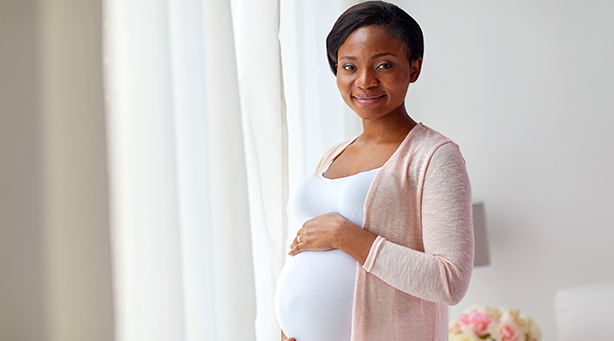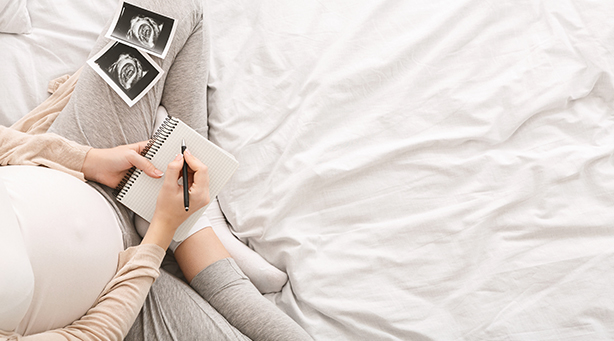Procedures
Menstrual irregularities
Overview
Most women get menstrual periods which lasts 4-7 days. A woman’s period cycle normally occurs every 28 days, but a menstruation cycle may range from 21 days to 35 days. If your menstrual period is excessively heavy, prolonged, or irregular, it is then called menorrhagia. You may have an irregular period cycle if:
- You lose more or less blood during a period cycle than you normally do
- The duration of your period varies a lot
- The time between each period begins to change
There are different causes of irregular periods, such as changes in your body’s level of estrogen and progesterone hormone, which may disturb the pattern of your normal period cycle. Irregular periods are most common in young girls who are going through puberty and women who are approaching menopause. Other causes of irregular periods include:
- Changing birth control pills or the use of certain medications such as blood thinners, epilepsy drugs, chemotherapy drugs, etc.
- Too much exercise
- Polycystic ovary syndrome (PCOS)
- Pregnancy or breastfeeding
- Stress
- Hyperthyroidism (an overactive thyroid) or hypothyroidism (an underactive thyroid)
- The thickening of or polyps on the uterine lining
- Uterine fibroids
- Intrauterine device (IUD)
What are the related symptoms of menstrual irregularities?
Signs and symptoms of irregular periods include a menstruation cycle which lasts longer than 7 days and heavy bleeding that may require a frequent pad or tampon change within an hour. It is essential that you seek medical attention if you experience excessively heavy or prolonged menstrual periods which may interfere with your daily life. Excessive bleeding may cause anaemia or iron deficiency which may signal an underlying medical condition.
How are menstrual irregularities treated?
Irregular period treatment depends entirely on your overall health, the cause of your menstrual irregularities and your reproductive history as well as future plans. Dr Hlabisa may recommend the following:
- Medication – Possible medical treatment that may be prescribed are nonsteroidal anti-inflammatory drugs, iron supplements, hormone replacement injections and oral contraceptives.
- Dilation and curettage (D&C) – This procedure involves the obgynae dilating your cervix and scraping tissue from the lining of your uterus to reduce menstrual bleeding.
- Surgery – This is the most common treatment for cancerous tumours and may also be an option to treat uterine fibroids. Dr Hlabisa may recommend the following, depending on your condition:
- Endometrial ablation – This procedure involves the gynaecologist destroying the uterine lining, leaving little or no menstrual flow.
- Endometrial resection – This involves the removal of the uterine lining.
- Hysterectomy – This involves the surgical removal of your uterus and cervix.




